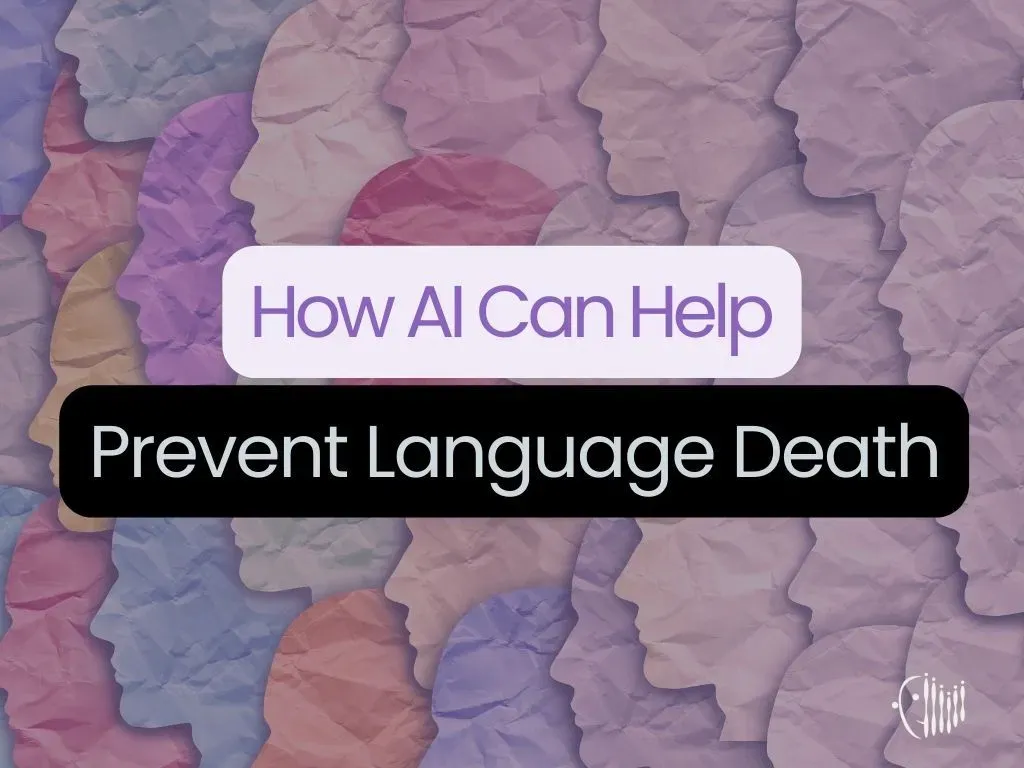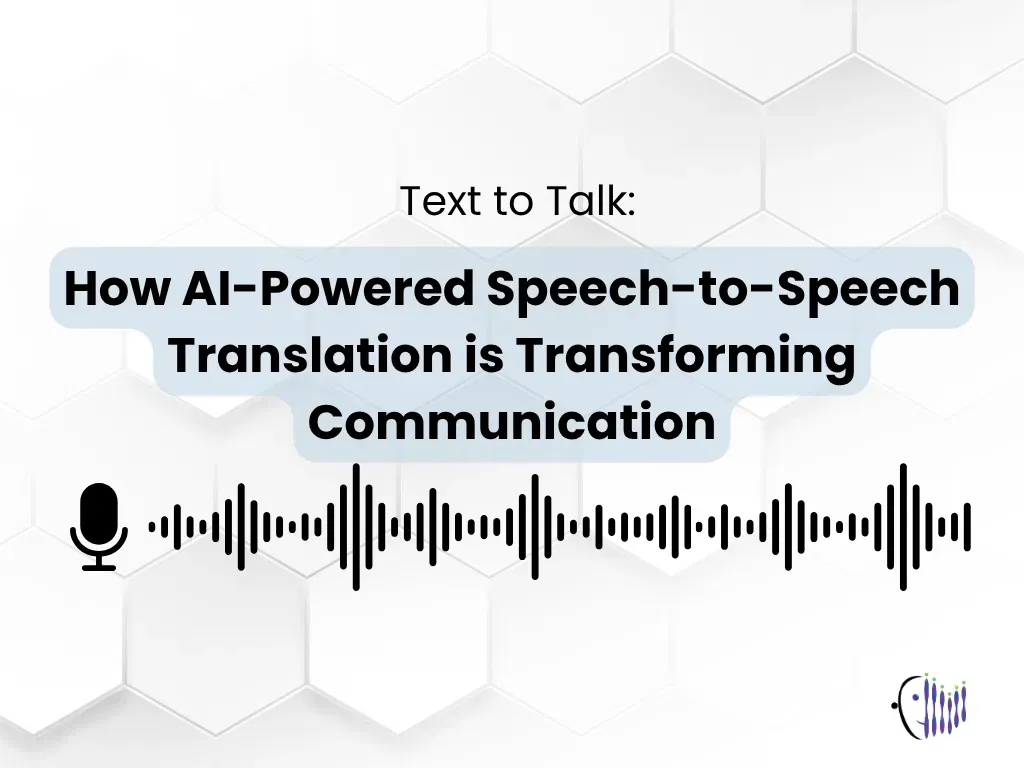Languages are more than just a means of communication. They are vessels of history, identity, and culture. However, it’s estimated that 50% of the 7000 languages will be extinct by 2100 due to migration, discrimination, and climate change. Language loss is a loss for humanity, erasing traditions, knowledge, and ways of thinking that have evolved for centuries.
This article will help you understand what language death means, how languages disappear, and how AI can help revitalise endangered languages. You’ll also learn how VideoTranslatorAI’s multilingual videoconferencing tool can help preserve linguistic diversity by enabling real-time communication across languages.
Are you ready to be enlightened? Let’s dig deeper into this!
What is Language Death?
Language death occurs when a language is no longer spoken by any living community. According to the UNESCO Atlas of the World’s Languages in Danger (2010), languages like Ainu (Japan), Yuchi (USA), and Kusunda (Nepal) are on the brink of extinction, with only a handful of fluent speakers remaining. By 2024, around 3,078 languages are considered endangered, with Indonesia leading the list, accounting for approximately 425 endangered languages. It’s estimated that one language dies every 40 days, underscoring the urgent need for action to preserve these languages.
When a language dies, it takes with it cultural expressions, oral traditions, and ancestral knowledge tied to specific ecosystems and ways of life. Indigenous communities, in particular, lose not only a tool for communication but also a core part of their heritage and collective memory. This loss weakens cultural identity, leaving future generations disconnected from their roots and traditions that once shaped their worldview.
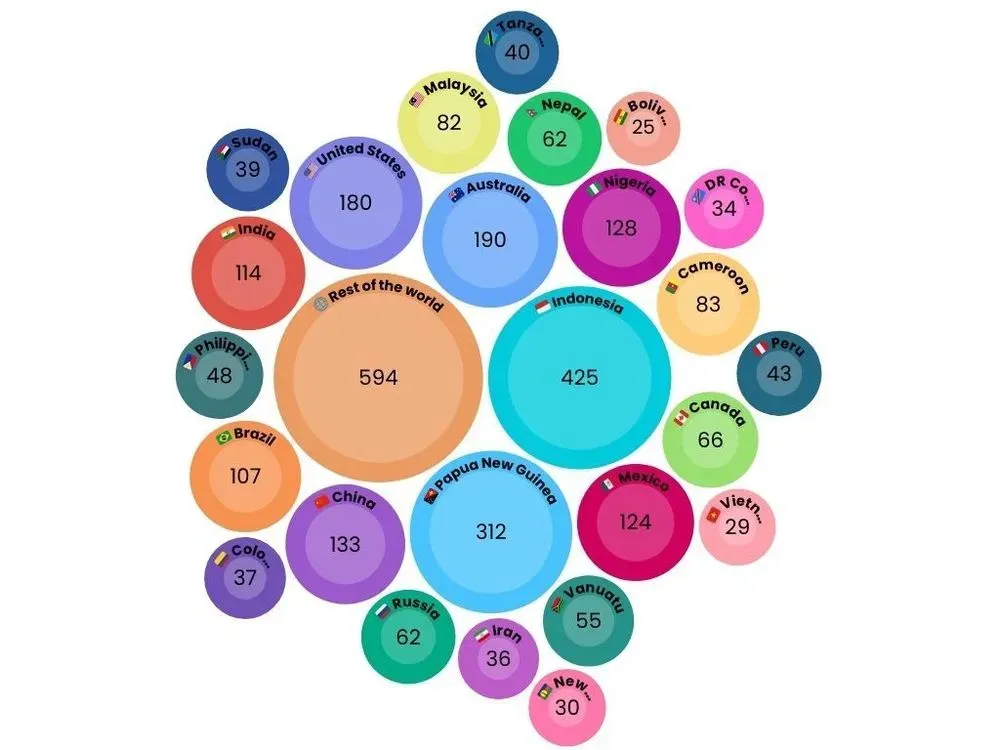
How Does a Language Die?
Language death is often a gradual process that unfolds over several phases:
Potential Endangerment The community begins adopting a more dominant regional or national language for public or economic purposes, such as schooling or employment. The native language may still be used at home but less frequently.
Endangerment Fewer children learn the language, leading to a sharp decline in fluent speakers. This phase reflects an interruption in the generational transmission of the language.
Decline and Marginalisation The native language is relegated to older generations, while younger members fully transition to the dominant language. Over time, even within the home, the native language is used less frequently.
Dormancy and Extinction In the final stage, the native language ceases to be spoken entirely. While some words or expressions might survive, they no longer function as a means of communication for the community.
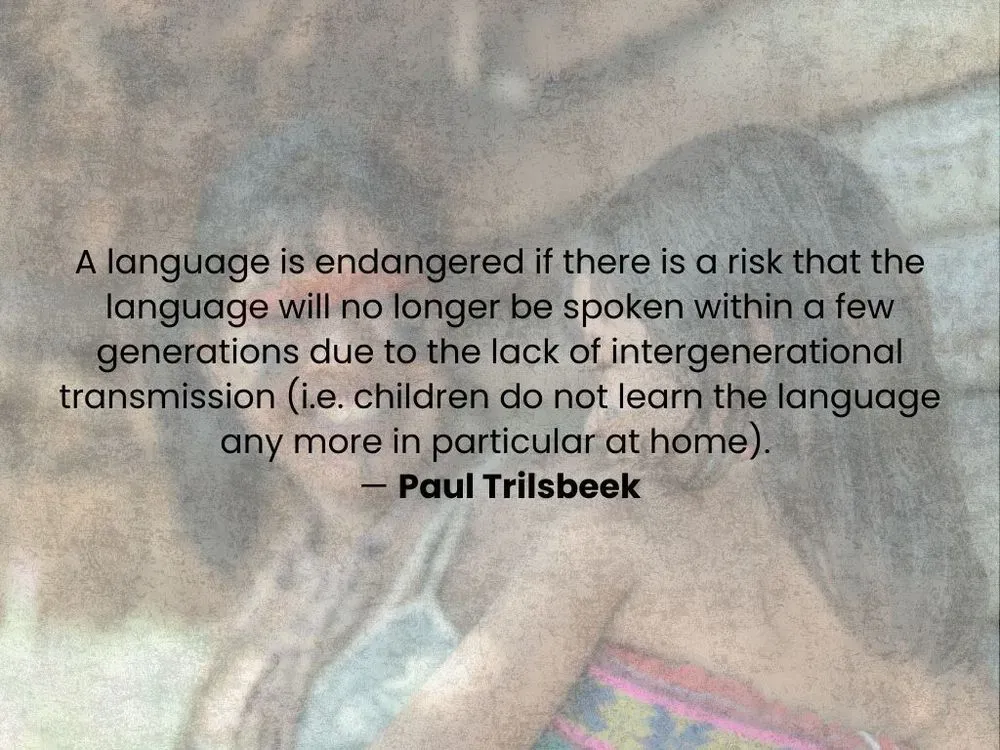
How AI Can Help Prevent Language Death
AI technologies offer new hope for endangered languages. By harnessing machine learning models and NLP (Natural Language Processing), AI can assist in recording, translating, and promoting the use of vulnerable languages. Here’s how:
Understanding Native Languages AI can capture and catalogue native languages that may not have formal written systems. Projects using speech recognition and machine translation models can analyse recorded conversations to create digital archives, dictionaries, and databases of endangered languages. This enables future generations to learn their ancestral language even if fluent speakers are no longer available.
Encouraging Confident Communication in Native Languages A major reason people abandon their native language is the fear of miscommunication, especially in formal or public settings. AI-powered tools such as text translation systems and speech-to-text software can help individuals confidently communicate in their native tongue while translating their messages into other languages in real-time. This fosters linguistic inclusion and reduces the pressure to conform to dominant languages.
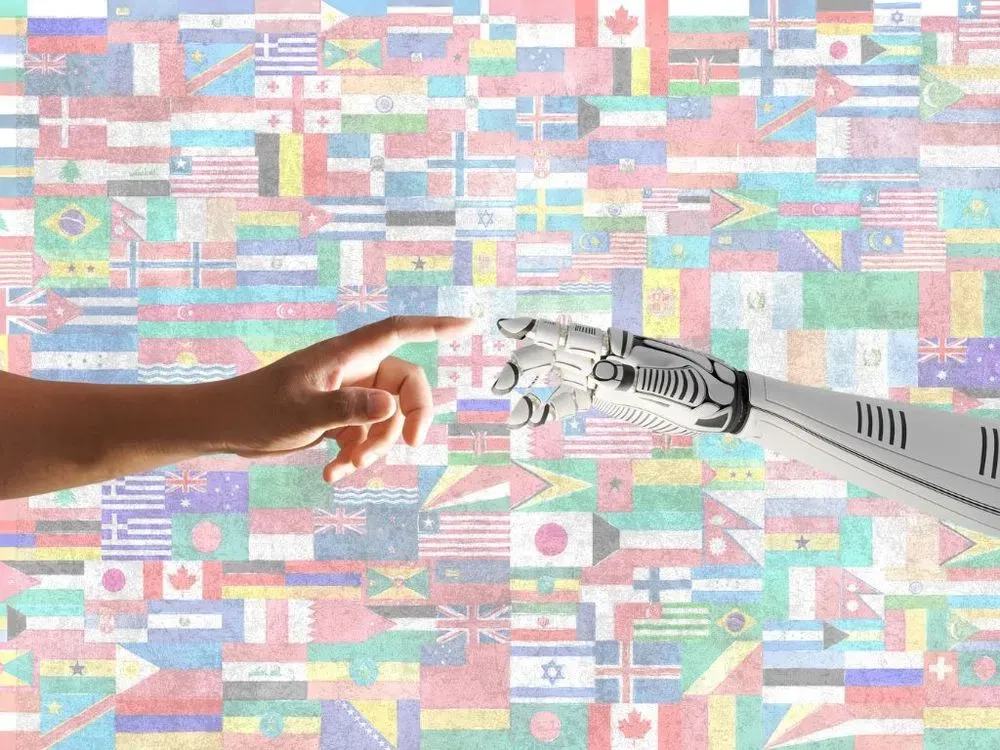
Preserving Languages with VideoTranslatorAI’s Multilingual Videoconferencing
At VideoTranslatorAI, we believe technology can bridge language barriers while preserving linguistic diversity. Our new multilingual videoconferencing tool is designed to enable seamless communication between people speaking different languages – encouraging the use of minority and native languages without fear of exclusion.
With real-time translation capabilities and an intuitive interface, users can confidently converse in their preferred language, whether for business meetings or personal communication. This tool enables native speakers of the endangered languages to join the global conversation while preserving their linguistic identity, with the help of native collaborators, for quality assurance.
By redefining communication through multilingual videoconferencing, we aim to empower communities to speak their native languages confidently, whether at home, in education, business, or even on global platforms!


Conclusion
Language death is not just the loss of words. It’s the loss of entire worldviews. While the challenges of linguistic extinction are significant, AI offers solutions to safeguard endangered languages by documenting, understanding, and enabling their use in modern communication.
Through VideoTranslatorAI’s multilingual videoconferencing tool, we envision a world where every language, no matter how small, can thrive in the digital age. Together, we can build a future where technology and tradition coexist, ensuring that no language is left behind.
If you are curious about how our multilingual videoconferencing tool works, do not hesitate to drop your questions here or contact us at hello@videotranslator.ai
See you next time for more valuable information!
Also read: Artificial Intelligence in Everyday Life: How AI Enhances Our Daily Routine
